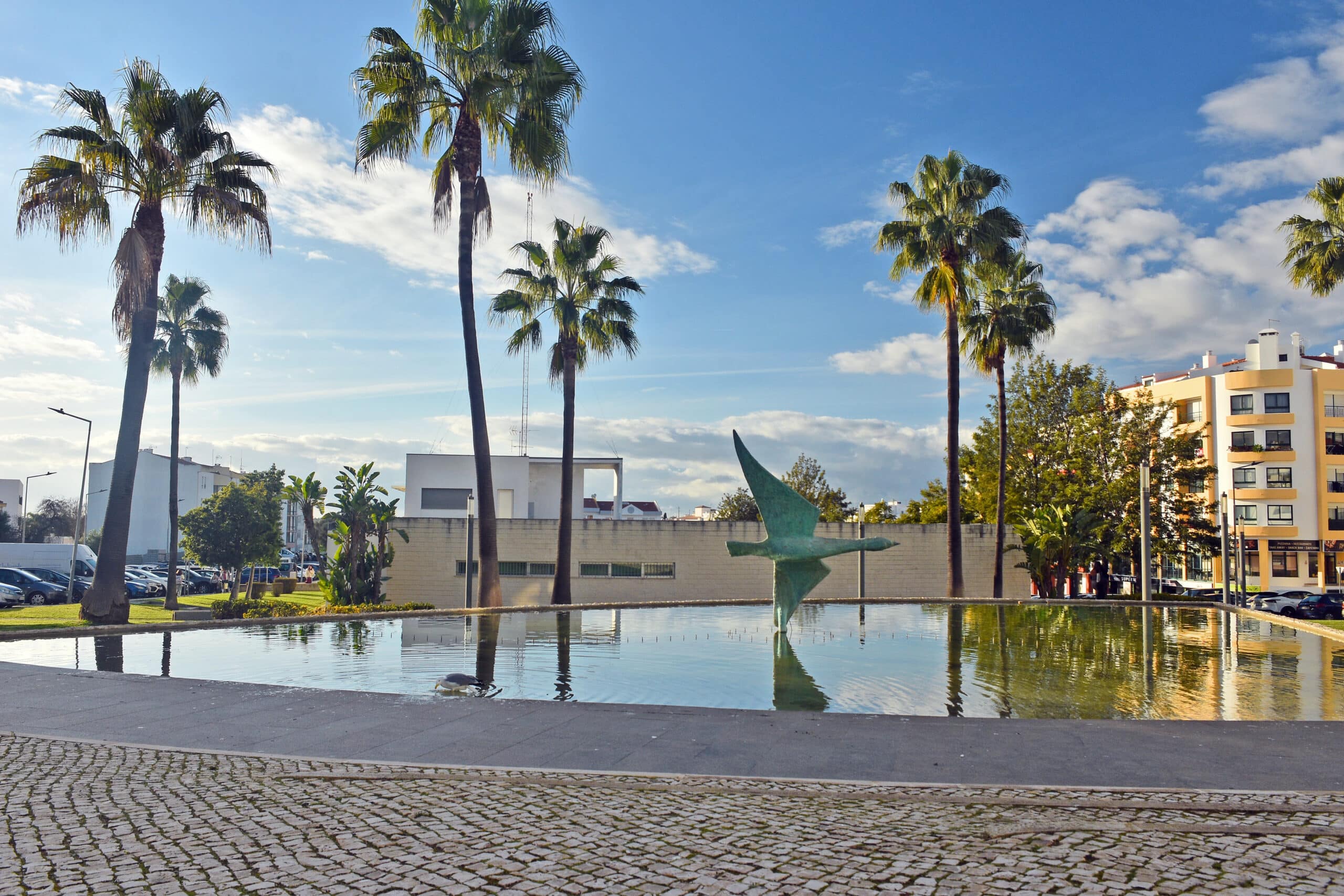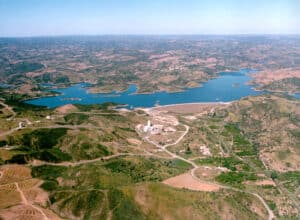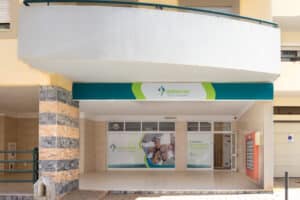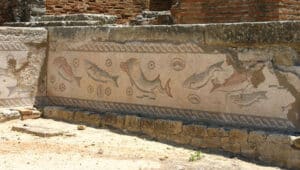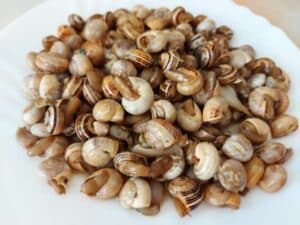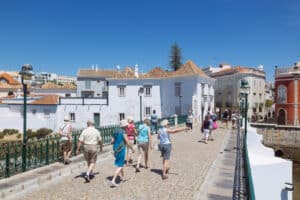Water crisis continues in Algarve as not one borough achieved 10% reduction
Only five of the Algarve’s 16 municipalities managed to cut water consumption in September, and none reached the government’s target of a 10% reduction set in June, according to a report by the Portuguese Environment Agency (APA).
Lagoa, Tavira, Vila Real de Santo António, Alcoutim, and Castro Marim were the only municipalities in the Algarve that were able to reduce their water consumption, the report highlights.
While September’s water-saving goals weren’t met, the Algarve did achieve an 8% reduction in water consumption from January through September 2024, saving around 4.7 million cubic meters of water compared to the same period in 2023.
However, water reserves in the Algarve remain critically low. According to the report, during the fourth quarter of the 2023/24 hydrological year, the accumulated rainfall in the region was less than 50 millimetres, except for the Monchique area, where it was higher.
This has left areas like the Barlavento and Sotavento regions (western and eastern Algarve, respectively) in severe hydrological drought, while the Arade basin, though slightly improved, is still in moderate drought. Key aquifers across the region – including Almádena-Odiáxere, Querença-Silves, and Campina de Faro – are also struggling, with groundwater levels plummeting to significantly low levels, below the 20% mark. In Almádena-Odiáxere, in Lagos, water levels are dangerously close to sea level, with conditions described as more severe than the 2005 drought, the report explains. Concerning the Querença-Silves aquifer (between Loulé and Silves), the situation is described as worse in the central and western zones, with the eastern zone of the system showing “signs of recovery”, although the situation “is more unfavourable than in the 2005 drought and significantly more serious than in the 2022 drought”.
Efforts to manage water shortages have been further complicated by low water levels in the region’s reservoirs, which have remained under 50% capacity since May 2022. These depleted reserves, exacerbated by low replenishment rates during typically rainy periods, are impacting the Algarve’s surface and groundwater resources.
Recent rainfall between January and April offered some relief, adding 84 million cubic meters to reservoir volumes. However, APA warns that even with cautious management, current reserves may only be sufficient for one more year of public water supply at current demand levels.
In February, the government declared a state of alert in the Algarve due to the drought, implementing strict water usage reductions, later relaxed to accommodate urban and agricultural needs.
Under revised guidelines issued in June, the government lowered water reduction targets from 25% to 13% for agriculture and from 15% to 10% for urban use.

